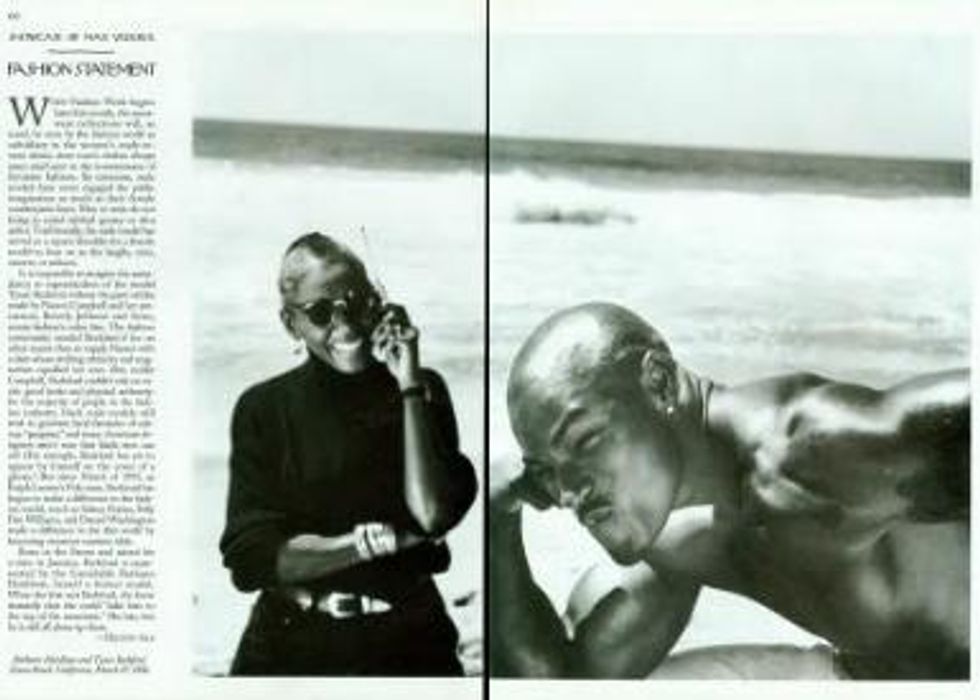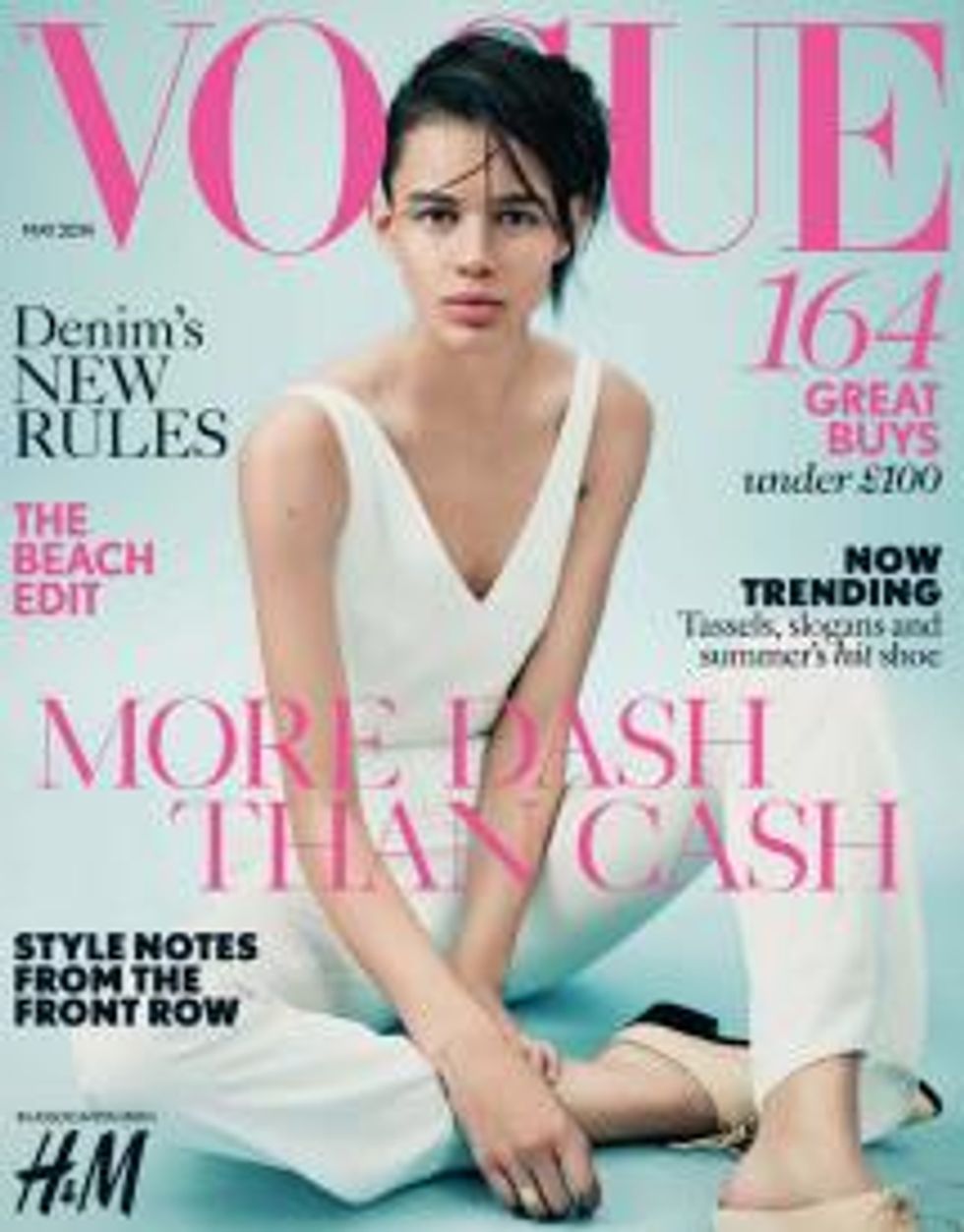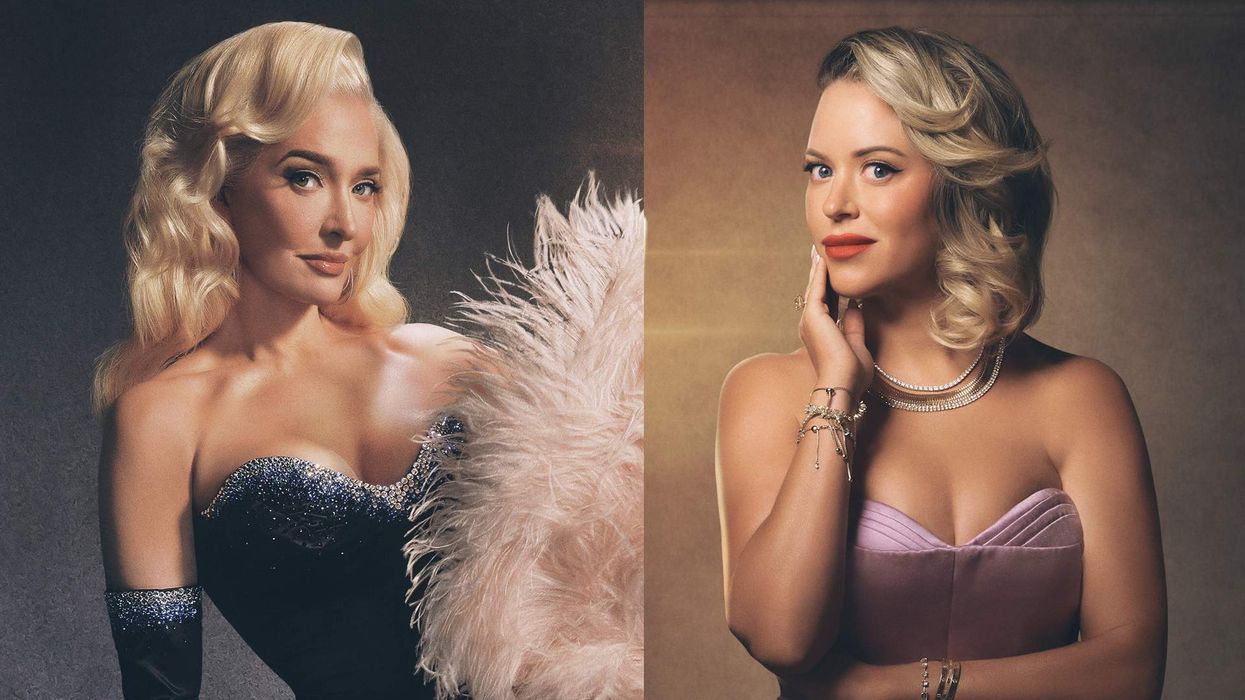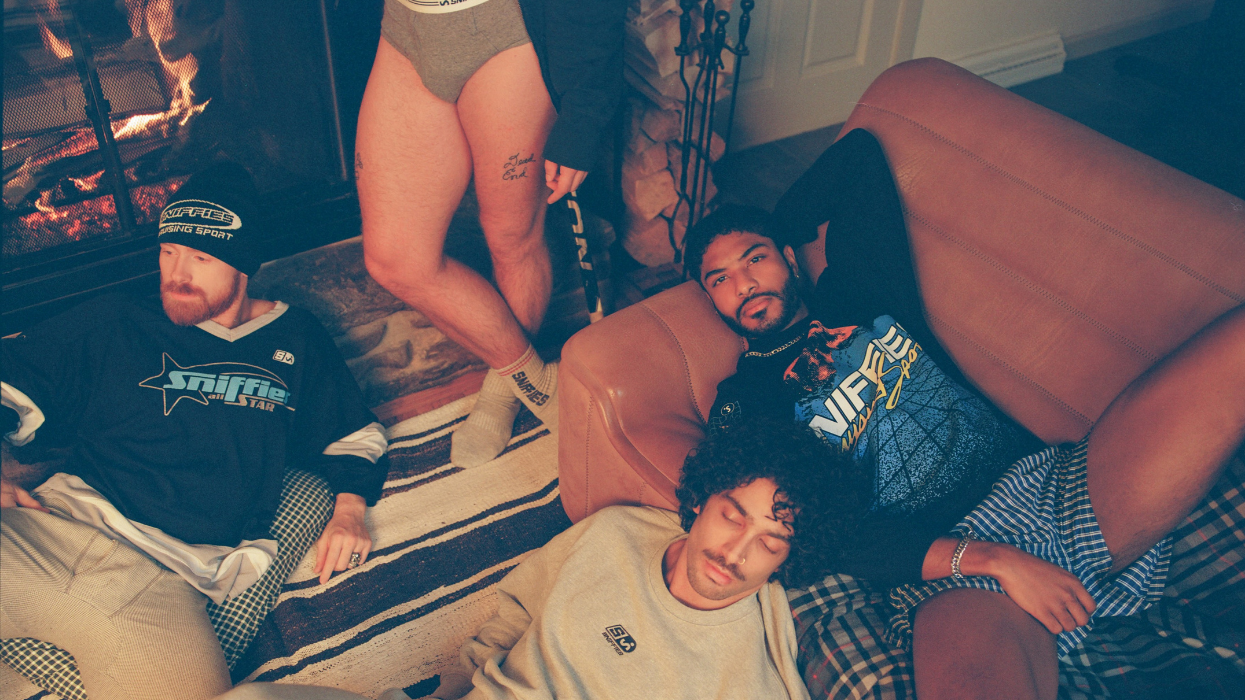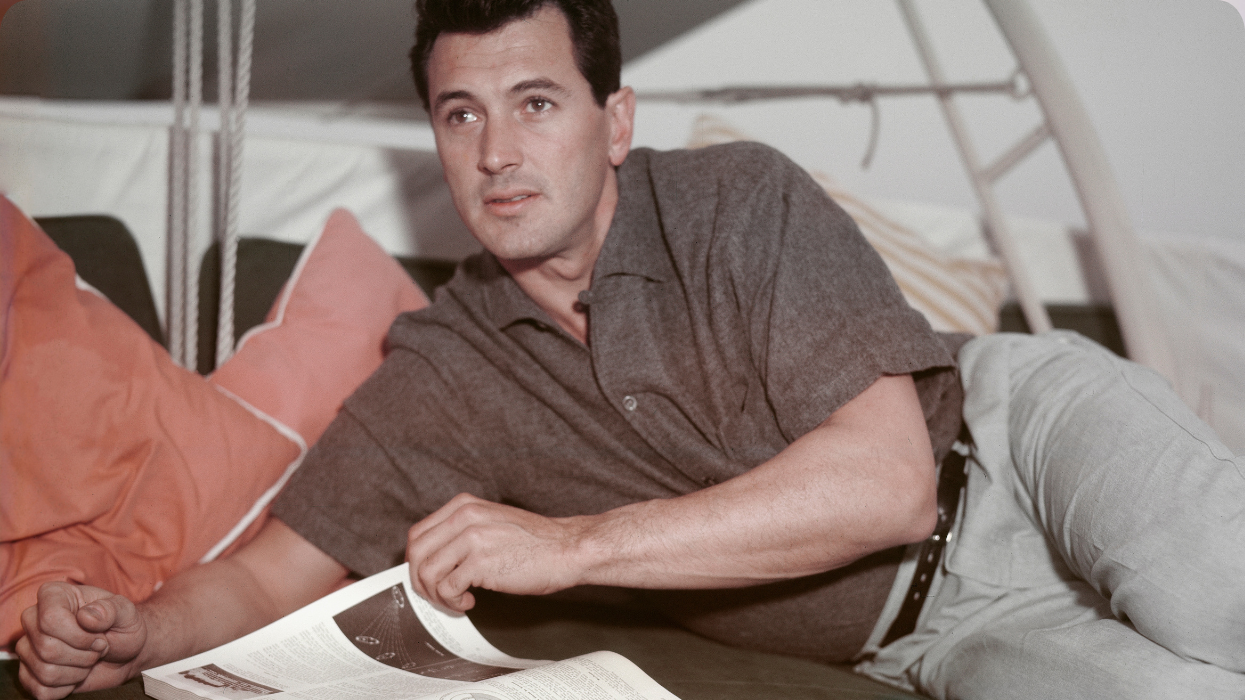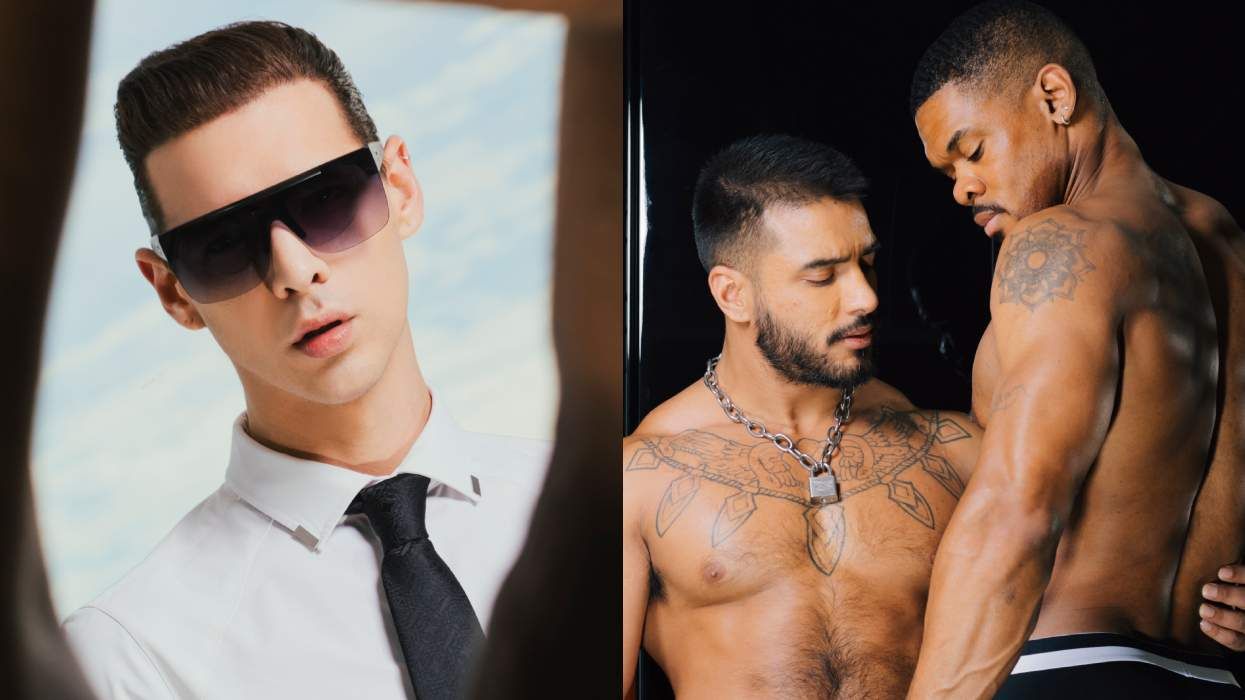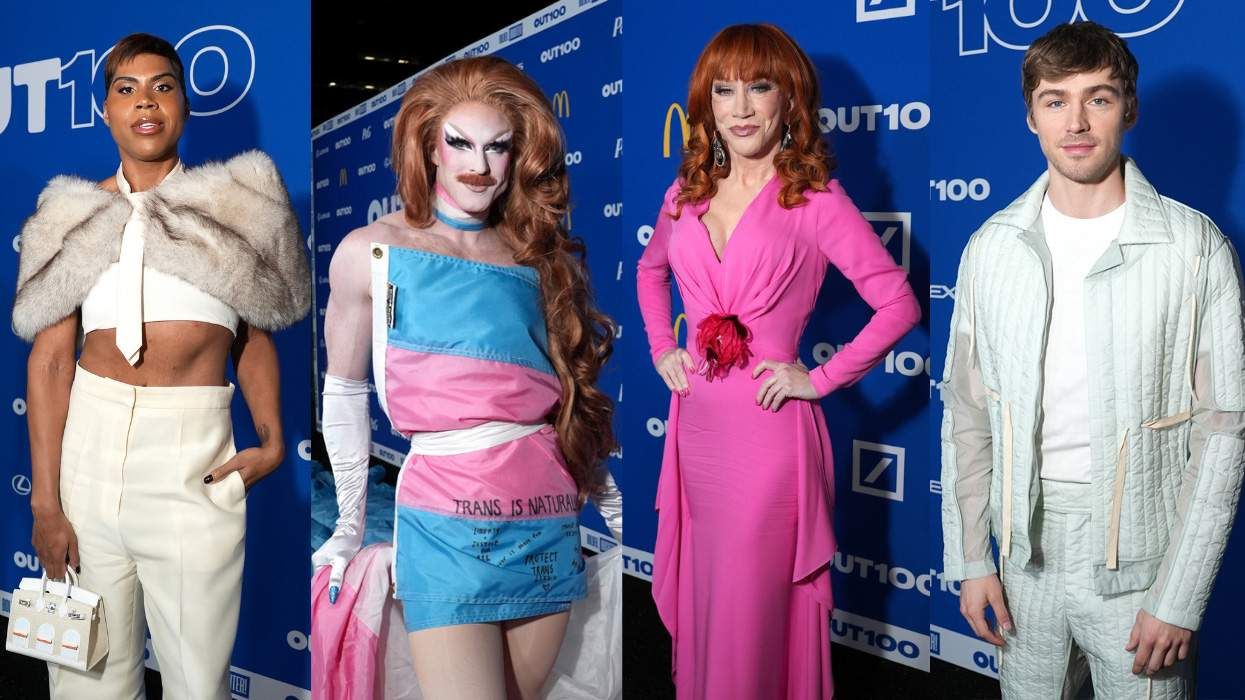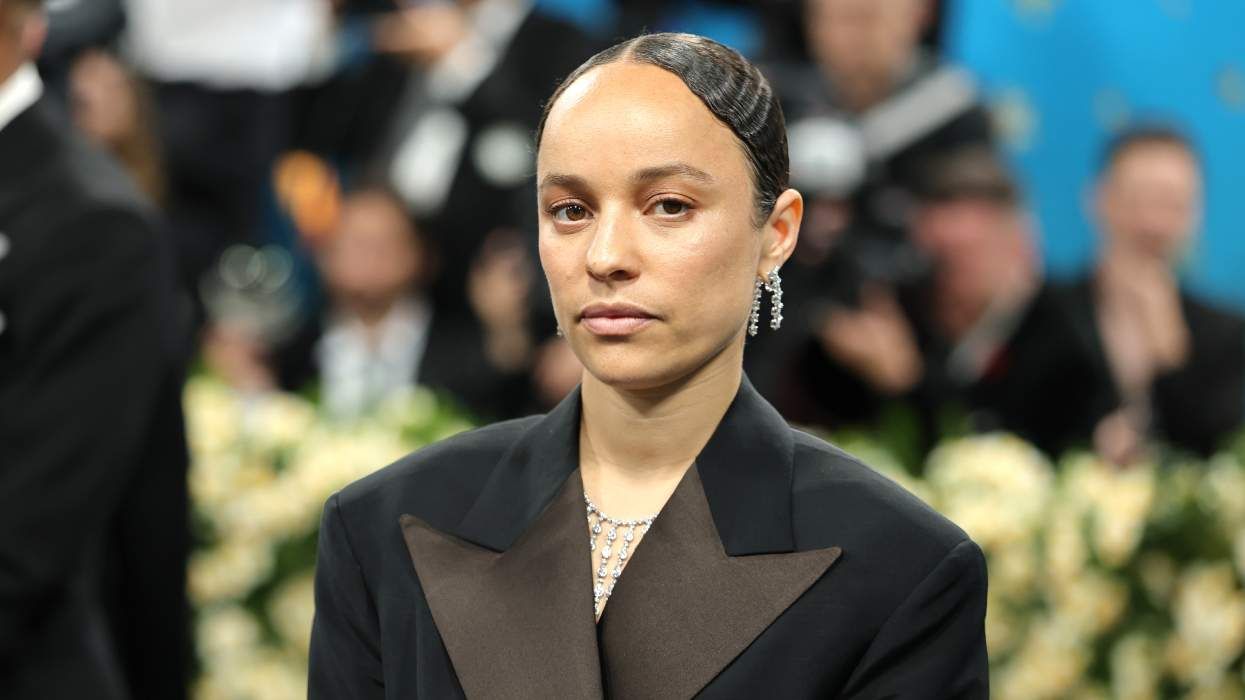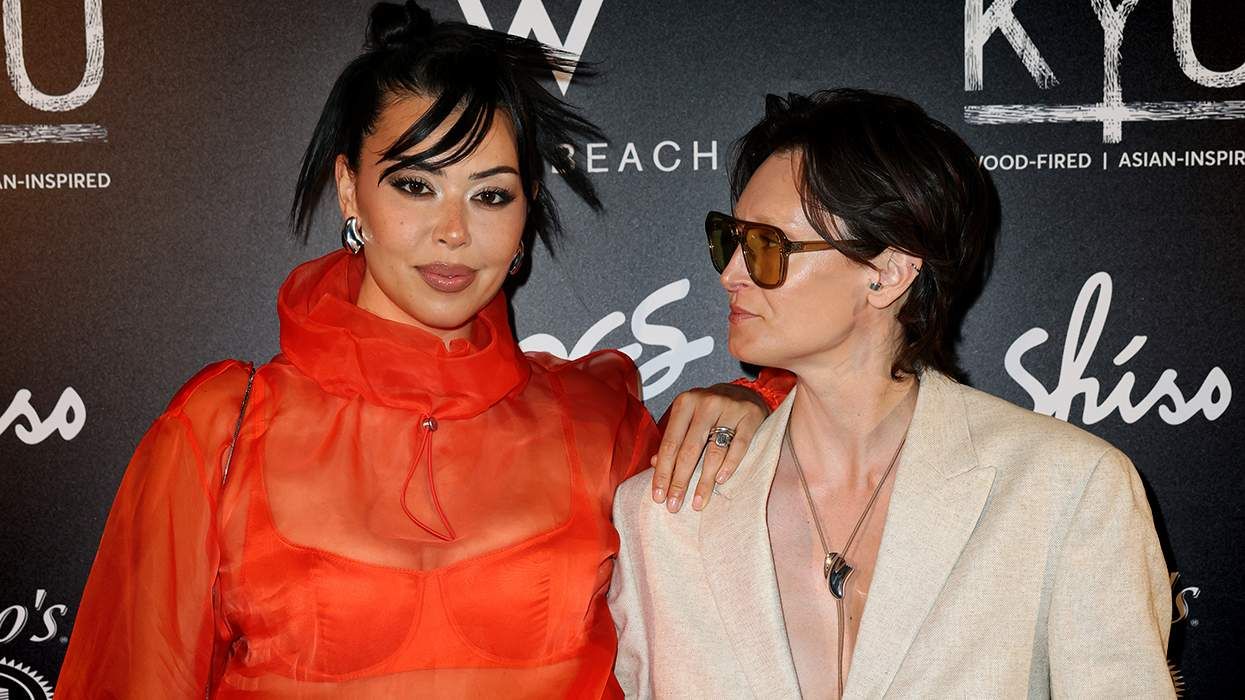In November 1973, Bethann Hardison became one of the first black models to ever walk a runway in Europe when she was cast in "The Battle of Versailles," a designer walk-off that helped put American fashion on the global style map, and where she stole the show. That was a different time, when the girls cast to walk on the runway were as essential to fashion as the clothes they modelled. They exuded confidence, personality, and attitude. They were the spiritual mothers of the supermodels who ruled the '90s. But with the new millenium, Hardison saw things change: Suddenly models were reduced to a line of whitewashed clothes hangers, and season after season, ethnic diversity became more and more elusive.
In September 2013, after a particularly disappointing year, Hardison penned four letters to the organizing bodies of Fashion Week around the world: It had the effect of an electroshock on the industry. By calling out every designer who didn't hire models of color, she challenged the most influential style makers, and triggered a new era in modelling. On June 2, Hardison received the CFDA Founder's Award, honoring her lifelong activism.
She was the queen of Versailles.
"Being part of the Versailles show (pictured, left) was my proudest moment. It was supposed to be a benefit, and then it became a battle between French and American designers. Everyone thought we were going to lose. When I got to the end of that stage, I remember it being so quiet, and me thinking 'Nothing's happening.' I just threw the train of my dress down on the floor, and looked at the audience defiantly. I didn't walk right away: I stood there for a long time. All of a sudden, the audience started stomping their feet and screaming 'Bravo! Bravo!', and all the programs went up in the air. A blanket of white. Tears were on the tip of my eyes and I remember that Liza Minelli was screaming 'Stephen (Burrows)! Where's Stephen?'. It was the first time that anybody cheered in the whole show." (Left: Hardison wearing Stephen Burrows. Courtesy of Corbis/Versailles 73)
Naomi Campbell calls her "Mom." She calls her a "Buffalo Soldier."

(RIght: Hardison, Iman, and Naomi Campbell/Getty)
Her living room is like a mini-museum, with artworks by Jean-Michel Basquiat, Andy Warhol, Keith Haring, and even David Bowie.
"I bought a painting from Basquiat for $1.50 when he was selling his work on the street. We became very good friends. One time, I bought him some art supplies and he was so grateful that he gave me a bag full of weed. I told him: 'What am I supposed to do with that?!' I loved Jean a lot."
Without her, we wouldn't have Tyson Beckford.
"Tyson being in the Polo Ralph Lauren ads was a career highlight for me. At the time, I ran my own modeling agency on N. Moore St, in TriBeCa. Nobody had ever heard of it. One of Tyson's friend saw my son (the TV star Kadeem Hardison) and it reminded him of me. His friend called to arrange a meeting, but I never say 'Yes' to anyone right away: I have to talk to them and feel them out, hear where they want to be. The third time we met, I took him on board, and we still work together today."
Hardison and Tyson Beckford in 'The New Yorker,' 1996 (New Yorker Archive).
The industry now: "In and out of color."
"I knew, always, that if you talked racism it would affect the industry. When I looked at the January issue of Vogue I was very impressed. Magazine editors could easily cast no one of color, but what we see now is so integrated, so diverse, so modern and natural. But now I'm going after Details: Did you see that double-page fold cover with the male supermodels? They're all successful male models, but you should have at least have one black model there: Men like Armando Cabral, or David Agbodji can't be denied."
WATCH: Naomi Campbell presents the CFDA Founder's Award to Bethann Hardison
On Lupita
"I'm happy about Lupita Nyong'o because she transcends. People were tooting Lupita as being a beauty, but in the black community, her look is not necessarily the essence of what is considered beautiful. A lot of people would be like, 'You're kidding me, right?' Because we're diverse within our own race, from the color of skin, to the kind of hair. But it's easy to put her on a magazine cover: Because she's a celebrity. She's being tooted by one industry, so here comes another industry jumping on her parade. She might as well be a rapper!"
She will keep fighting for the model.
"I don't care if she's black, white, or green. For instance, I like that odd Mexican girl named Binx. Hedi Slimane at Saint Laurent was smart enough after we put him on the letter to include her in his show. She's such an edgy kid, so perfect. Now she's on the cover of the Vogue UK beauty supplement (pictured, left). To see a model on the cover of a magazine again is like, 'Lord, I've been thirsty! Give a tequila or something!'"
Portrait: Bethann Hardison photographed by Gabriela Landazuri for Out; Hardison in her modeling years (Courtesy of Bethann Hardison).



